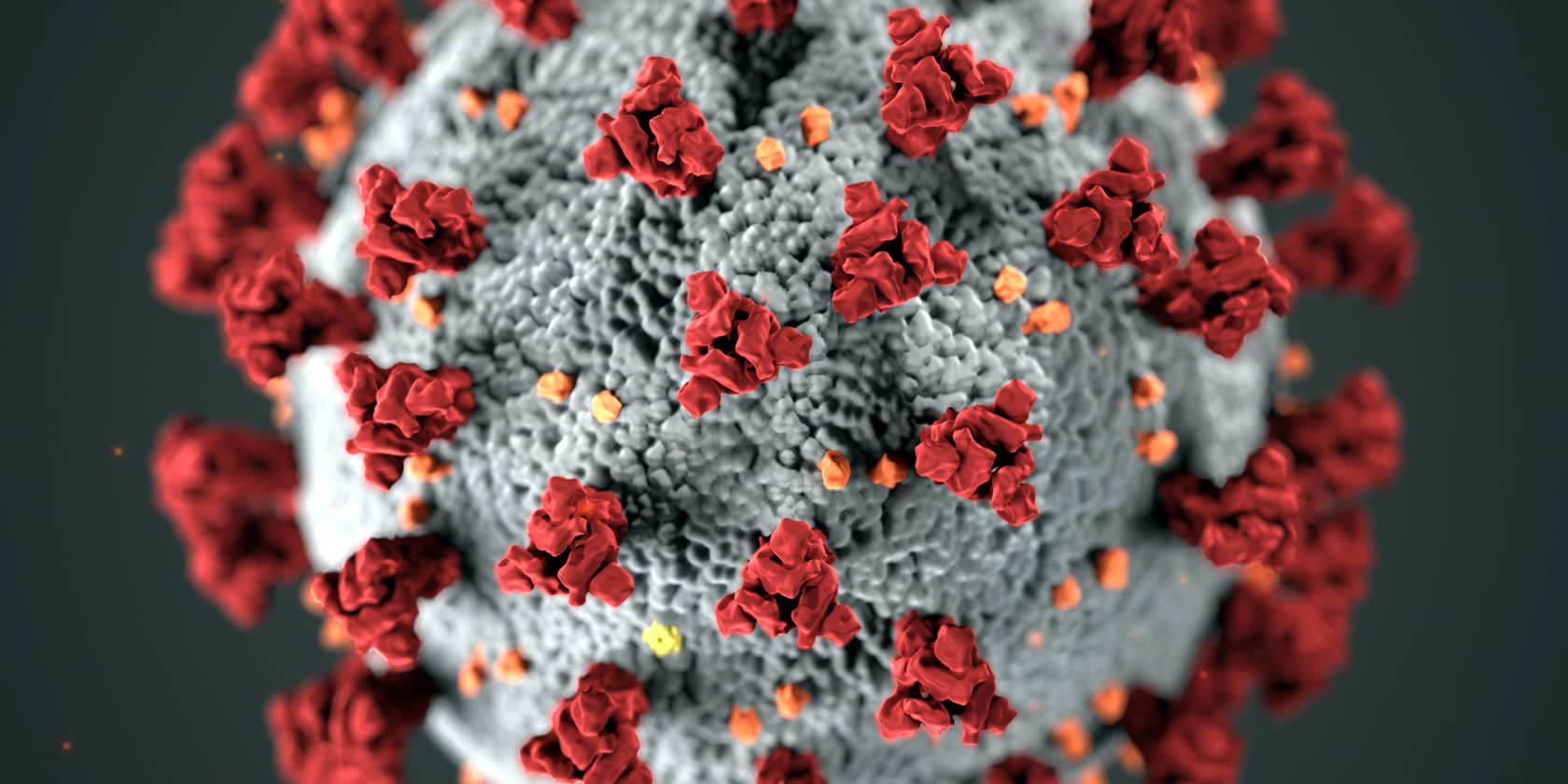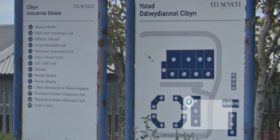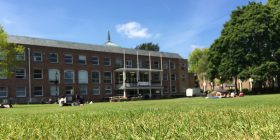How scientists from Bangor University are using sewage to track coronavirus infection rates

Scientists at Bangor University are working with Welsh Water and United Utilities to monitor the background levels of coronavirus within different areas.
The scientists have shown that tracing the dead virus which is shed naturally, can provide an early warning of when certain areas may be approaching a next peak of Covid-19.
Currently symptoms can take up to two weeks to emerge, and around 20 per cent of the population or more show no symptoms when they are infected.
The research has already shown different levels of the virus within different regions in Wales, though these findings are constantly changing.
This has been made possible by rapid tests of samples provided from Wales’ waste-water treatment works
Leading the research is Professor David Jones of the university’s School of Natural Sciences.
He said: “Knowing where and when COVID-19 infections are occurring in the UK is really important for implementing measures to control it spread.
“Equally, I would say it’s just as important to know when the disease is disappearing so that we know when to relax lock down measures, and also if and when COVID-19 starts to re-emerge we know which places this is happening.
“We now know that COVID-19 is mainly spread from person-to-person via respiratory droplets during coughing, and that it also has many symptoms that can vary widely from person to person, for example fever, headaches and coughing.
“Another symptom of COVID-19 is gastrointestinal pain which occurs in many infections as there is also evidence that that the virus can multiply in the intestines.
“So essentially every time a person with COVID-19 goes to the toilet they pass the virus into the sewer network.
“Although the virus is inactive and non-infectious in the sewer network, and poses no risk to the environment, we can use this as a way to measure the abundance of COVID-19 in a whole city or town.”
Over the last two months the team have worked with Welsh Water and United Utilities to take samples of water entering the water treatment works and measuring the levels of dead virus under a Natural Environment Research Council ‘Urgency’ funded project.
The time from sample collection to getting the results is quite short, in the region of 48 hours, meaning the team can get an idea if the number of infections is increases in the community, providing an early warning to the front-line health service.
This is particularly suitable for large cities, as most UK urban centres are served by only one or two wastewater treatment works, providing a single integrated signal of millions of people in a single sample.
The team from both the Schools of Natural Sciences and Ocean Sciences now hope to extend the project and to work with other water companies to expand the surveillance network to other regions of the UK.
They also want to feed this information into the Office for National Statistics and Wales and UK Government to help protect citizens against COVID-19.
Spotted something? Got a story? Send a Facebook Message | A direct message on Twitter | Email news@north.wales






